Introduction
Beipu sweet potato cakes, a beloved traditional Taiwanese snack, offer a harmonious blend of earthy sweetness and chewy texture. Rooted in the culinary heritage of Hsinchu County’s Beipu Township, these treats have evolved from humble farm fare to a cherished delicacy enjoyed across Taiwan and beyond. Crafted from locally grown sweet potatoes, glutinous rice flour, and a touch of sugar, these cakes embody simplicity and nostalgia. This article delives into the history, ingredients, and meticulous process of creating authentic Beipu sweet potato cakes, ensuring both novice cooks and seasoned chefs can replicate this timeless recipe.
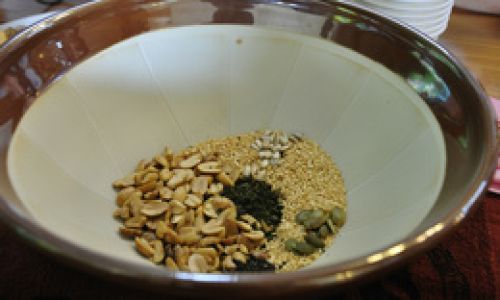
A Brief History of Beipu Sweet Potato Cakes
The story of Beipu sweet potato cakes begins in the 19th century, when Hakka settlers migrated to Taiwan and brought agricultural practices from mainland China. Sweet potatoes, a hardy crop thriving in Taiwan’s subtropical climate, became a dietary staple. Local innovators began experimenting with the root vegetable, transforming it into pastries that could withstand the region’s humidity and serve as portable snacks for farmers.
Over generations, the recipe refined, incorporating glutinous rice flour to enhance texture and sugar to balance the sweet potato’s natural starchiness. Today, Beipu sweet potato cakes symbolize Taiwan’s agricultural resilience and culinary ingenuity, often sold in night markets, tea houses, and family-run bakeries. Their enduring popularity stems from their humble origins and the comforting satisfaction they deliver with every bite.
Ingredients: Selecting Quality Components
The success of Beipu sweet potato cakes hinges on selecting fresh, high-quality ingredients. Below is a breakdown of essential components:
-
Sweet Potatoes (600g):
Opt for orange-fleshed varieties like Tainong 57 or Japanese Kogane, known for their creamy texture and natural sweetness. Avoid watery or fibrous types, as they yield a less cohesive dough. -
Glutinous Rice Flour (200g):
Also called “sticky rice flour,” this ingredient provides the cakes’ signature chewiness. Ensure the flour is fresh, as stale batches may result in a gritty texture. -
Granulated Sugar (50–70g):
Adjust sweetness to taste. Traditional recipes use 50g, but modern preferences may lean toward 70g for a bolder flavor. -
Vegetable Oil (2 tbsp):
A neutral oil like canola or sunflower prevents sticking during cooking. -
Optional Fillings:
- Red Bean Paste (100g): Homemade or store-bought, for a contrasting sweet core.
- Sesame Seeds (2 tbsp): Toasted, for garnishing.
Equipment Checklist
- Steamer basket or pot with lid
- Mixing bowls (large and medium)
- Potato masher or fork
- Silicone spatula
- Rolling pin
- Non-stick pan or griddle
- Parchment paper
Step-by-Step Preparation
Preparing the Sweet Potatoes
- Wash and Peel: Scrub 600g of sweet potatoes under cold water, then peel using a vegetable peeler. Remove any blemishes or fibrous strings.
- Cut into Chunks: Slice the potatoes into 2.5cm (1-inch) cubes to ensure even cooking.
- Steam Until Tender: Place the chunks in a steamer basket over boiling water. Steam for 15–20 minutes, or until a knife pierces them effortlessly. Avoid overcooking, as mushy potatoes will absorb excess flour, resulting in a dense texture.
Mashing and Sweetening
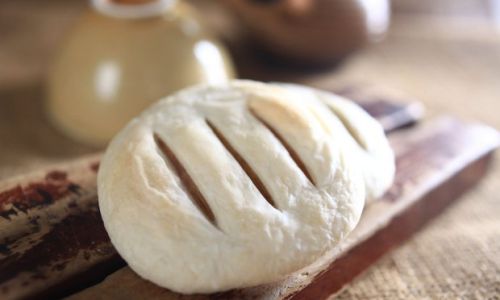
- Mash Thoroughly: Transfer the steamed sweet potatoes to a large mixing bowl. Use a potato masher or fork to eliminate lumps, creating a smooth purée.
- Incorporate Sugar: Add 50–70g of granulated sugar while the potatoes are still warm. The heat helps the sugar dissolve evenly. Stir vigorously until fully combined.
Kneading the Dough
- Add Glutinous Rice Flour: Gradually sprinkle 200g of glutinous rice flour into the sweet potato mixture. Use a silicone spatula to fold the flour in batches, preventing clumps.
- Hand-Knead Technique: Once the dough becomes too stiff for a spatula, lightly oil your hands and knead the mixture in the bowl. The dough should be pliable, slightly sticky, and uniform in color. If too wet, add 1 tbsp of flour at a time; if too dry, splash 1 tsp of water.
Shaping the Cakes
- Portion the Dough: Divide the dough into 12 equal pieces (approximately 50g each). Roll each portion into a ball.
- Flatten Gently: Using your palm, press each ball into a 1cm (0.4-inch) thick disc. For filled cakes, flatten the dough into a cup shape, add 1 tsp of red bean paste, and seal the edges by pinching the dough together.
- Optional Sesame Coating: Brush the tops of the cakes with water and press them into a plate of toasted sesame seeds for added crunch and visual appeal.
Cooking Methods
A. Pan-Frying (Recommended)
- Heat the Pan: Warm a non-stick pan over medium-low heat. Add 1 tbsp of vegetable oil.
- Cook in Batches: Arrange the cakes in the pan, leaving 2.5cm (1 inch) between them to prevent sticking. Fry for 3–4 minutes per side, or until golden brown. Adjust heat if the sesame seeds scorch.
- Steam-Fry Hybrid: For a softer interior, add 2 tbsp of water to the pan after flipping, then cover with a lid. Steam for 2 minutes to ensure thorough cooking.
B. Steaming
- Prepare the Steamer: Line a steamer basket with parchment paper to prevent sticking.
- Steam Gently: Arrange the cakes in a single layer. Steam for 10–12 minutes over medium heat. This method yields a softer texture but lacks the caramelized exterior of pan-fried versions.
Cooling and Serving
- Rest Before Eating: Allow the cakes to cool for 5 minutes on a wire rack. This firms their structure and prevents burns.
- Serving Suggestions: Enjoy warm with a cup of oolong tea, or pair with a scoop of vanilla ice cream for a modern twist.
Expert Tips for Perfect Cakes
- Sweet Potato Variety Matters: Experiment with purple-fleshed or white-fleshed varieties for visual contrast, but adjust cooking times as needed.
- Avoid Overmixing: Over-kneading the dough activates gluten in the rice flour, leading to a tough texture. Mix until just combined.
- Freeze for Later: Uncooked cakes can be frozen between parchment paper layers for up to 3 months. Thaw in the refrigerator before cooking.
- Gluten-Free Adaptation: Substitute glutinous rice flour with sweet rice flour (mochiko) for a gluten-free version.
Troubleshooting Common Issues
- Dough Too Sticky: Add 1 tsp of glutinous rice flour at a time until manageable.
- Cakes Falling Apart: Ensure the sweet potatoes are fully cooked and mashed smoothly. Undercooked potatoes lack the starch needed to bind the dough.
- Uneven Browning: Maintain consistent medium-low heat during pan-frying. High heat burns sesame seeds before the cakes cook through.
Cultural Significance and Modern Adaptations
Beipu sweet potato cakes transcend their humble beginnings, appearing at weddings, festivals, and family gatherings. In recent years, chefs have reinvented the classic recipe, incorporating innovative fillings like matcha cream, salted egg yolk, or even cheese. However, purists argue that the charm lies in its simplicity—a testament to Taiwan’s ability to honor tradition while embracing creativity.
Conclusion
Crafting Beipu sweet potato cakes is a labor of love, demanding patience and attention to detail. From selecting the perfect sweet potatoes to mastering the delicate balance of sweetness and chew, each step celebrates Taiwan’s culinary heritage. Whether enjoyed as a nostalgic snack or a modern fusion dessert, these cakes remain a bridge between past and present, inviting all to savor the essence of Beipu’s agricultural soul. With practice, any home cook can master this iconic recipe, ensuring its legacy endures for generations to come.
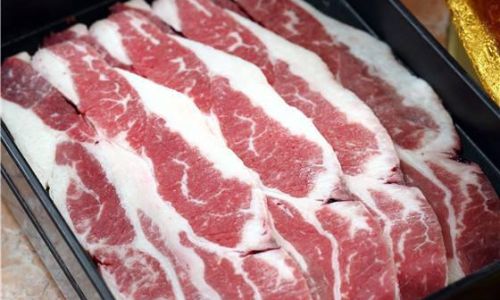
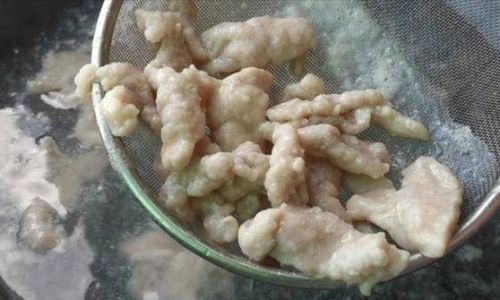
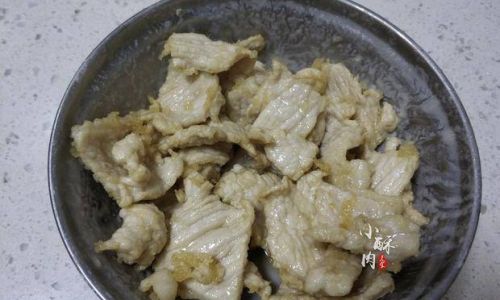
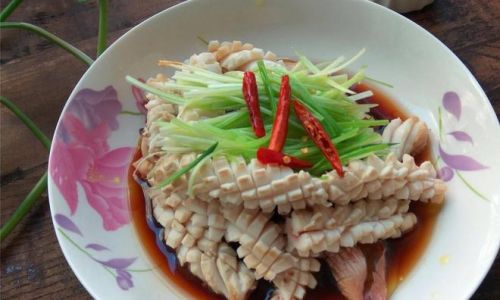
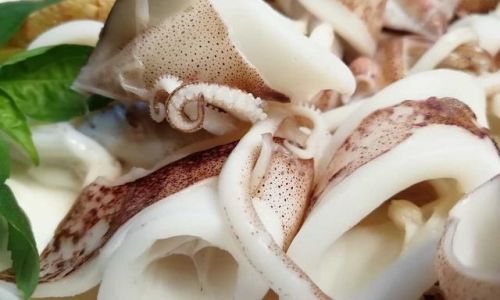
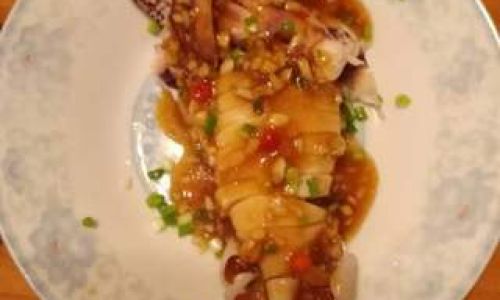
0 comments